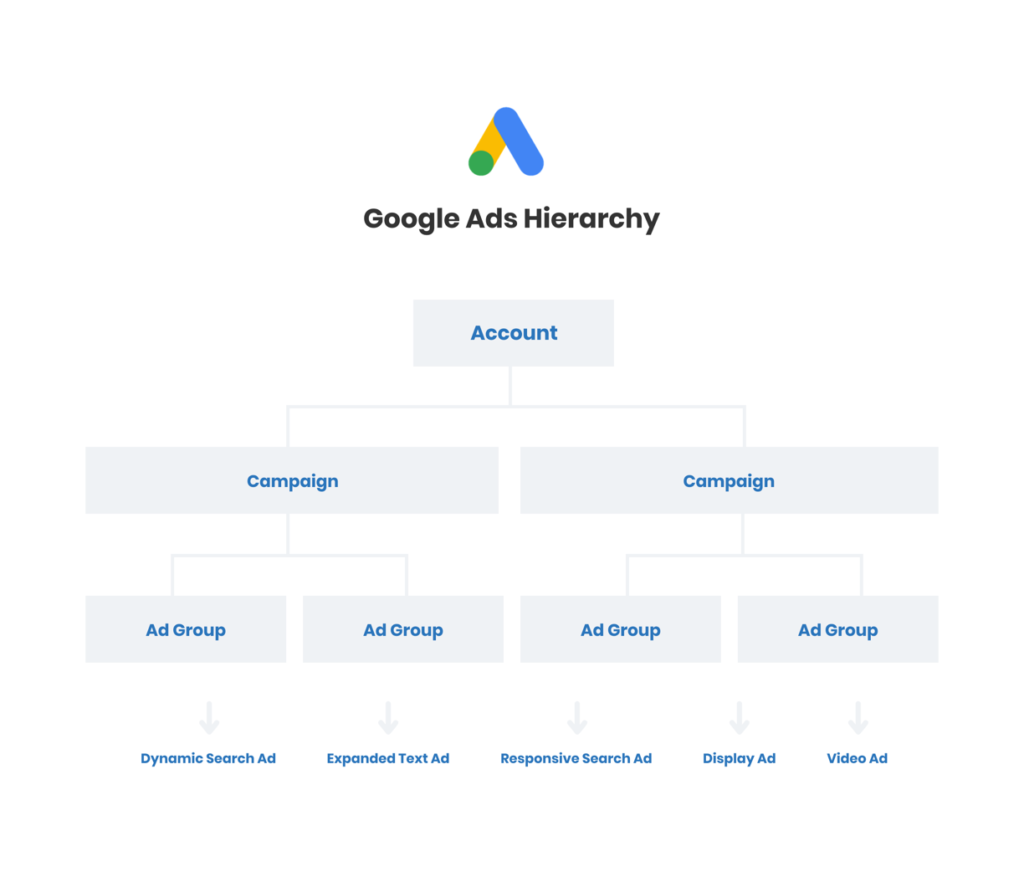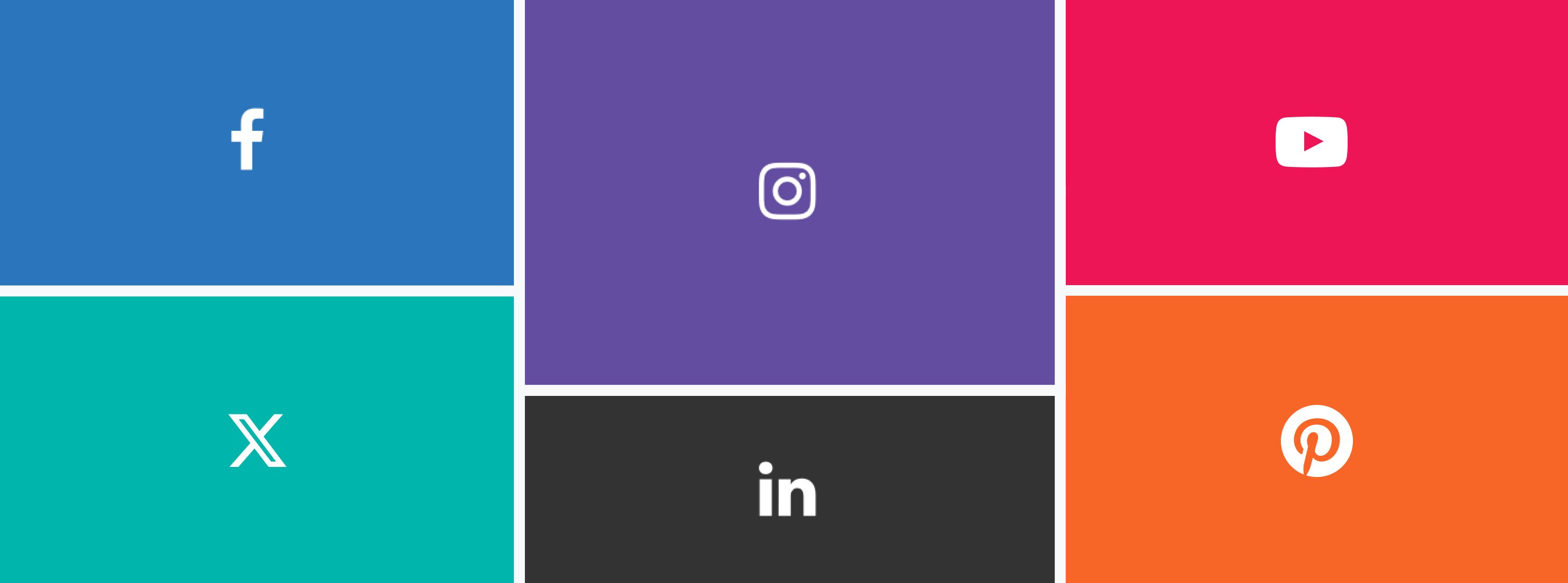Digital advertising takes a lot of forms: ads served on Google’s SERP (Search Engine Results Page), video ads that play before YouTube videos, carousel ads that users can scroll through on Facebook feeds. It’s a massive landscape that’s constantly evolving, and for even the most experienced digital marketer it can still be difficult and confusing. Many of us don’t have the time or, frankly, the patience to learn about every single aspect of digital advertising.
Let’s consider Google Ads. It allows marketers to advertise across millions of websites and applications, includes dozens of ad formats, and provides nearly endless targeting and keyword options–all on a platform that is constantly evolving and being optimized.
Whether you’re new to digital advertising or you have some experience, it’s always helpful to learn more. Want to find out how you can successfully use the platform to reach your target audience with the right messages? You’re in the right place! This blog will prepare you for getting started with advertising on Google and give you a brief overview of what to expect from our free Digital Advertising Guide.
What to expect from the guide
Like we said, digital advertising is time-consuming and difficult to learn about, especially for marketers with a million other responsibilities on their plates. Whether or not you have previous experience advertising with Google, it’s still hard to keep up with the constant changes and updates in the platform. We made our guide in order to streamline the process of setting up Google Ads so you don’t have to hunt all over the Internet to find answers to any questions you may have.
A few things you’ll learn from the guide are how to:
- Set up an account in Google Ads
- Set up a campaign
- Set up an ad group
- Create a dynamic search ad group
- Write an effective text ad
- Create an expanded text ad
- Create a responsive search ad
- Create a display ad
- Create a video ad
- Define and create conversions
…And more! It’s a helpful resource to always have in your back pocket (or your computer) when you’re setting up ads on Google.
SMART goals: what they are and why you need them
To steal a definition directly from our Inbound Marketing Definitions, a SMART goal is “an acronym that describes concrete targets a company strives to achieve over a certain period of time”. Let’s break that down:
S – Specific – What exactly do you want to accomplish?
M – Measurable – Is there a metric that can track your progress?
A – Attainable – Can you actually achieve this goal?
R – Realistic – Is this goal reasonable for your brand?
T – Timely – Do you have a deadline to reach this goal by?
SMART goals are absolutely essential for any digital marketer to establish before they begin advertising. You’ll want to spend some time considering what goals you want to achieve through digital advertising. Some possible SMART goals are:
- “I want to achieve an ROI of 150% on my digital advertising efforts by Q3 of 2020.”
- “I want digital advertising to bring 100,000 total impressions to my website by the end of 2019.”
While these are only examples, your own goals may look very similar. If you haven’t spent any time developing SMART goals yet, definitely do this before you start digital advertising. It’ll help you to set a clear, actionable digital advertising plan to reach your goals!
Buyer personas and digital advertising go hand-in-hand
Simply put, a buyer persona is a “semi-fictional representation of your ideal customer based on market research and what you already know about your existing customers”. Basically, your buyer persona will tell you who your target audience is, what their interests are, where you can reach them, and how you can communicate with them effectively.
When you know where and how to communicate with your target audience, you’ll be able to choose the best advertising channels and ad formats. Take this buyer persona we created for a fictional orthopedic shoe company as an example:
Nurse Nora is 38 years old, makes $75,000 a year, and has two loving children. When she’s not on her feet all day at work, she’s running after her three and eight-year-old daughters. Nurse Nora has several subscriptions to online medical publications and she is always on the hunt for a pair of comfortable shoes that she can wear for long hours on the job. She doesn’t mind paying more for a pair of comfortable shoes, as long as they look stylish and last a long time.
We know that we can reach Nora with display ads on her favorite online medical publications. We also know that she’s motivated to find comfortable, stylish shoes that fit her busy lifestyle. With the information from this buyer persona, we can pick out the right digital advertising channels, ad formats, and messaging that will appeal to Nora.
Just as with SMART goals, you’ll want to develop your buyer personas before you start digital advertising. We’ve written a whole blog post about buyer personas which will help you understand how to create them for your own business.
Google Ads structure breakdown
If you’re familiar with Google Ads, this hierarchy will make a lot of sense. If you haven’t spent any time in the platform yet, the graphic below shows how an account is broken down.

There are also different networks your ads can be served on: Google Search Network and Google Display Network. Google will serve your ads to users on websites within the networks you choose, as well as on the Google SERP. Depending on your SMART goals and buyer personas are, you can pick and choose what networks you want to serve your ads and what ad formats will work best. See how this is all coming together?
What’s next: Download the Digital Advertising Guide
If you’ve developed your SMART goals and buyer personas, you’re in good shape to start digital advertising successfully. When you’re ready to roll up your sleeves and get into the nitty gritty of advertising on Google, your next step is to download our Digital Advertising Guide.
You’ll find that this guide is a useful reference any time you need a refresher or need a hand setting up a new ad type. There are also additional sections that will show you how to get started with advertising on Facebook and Instagram!





